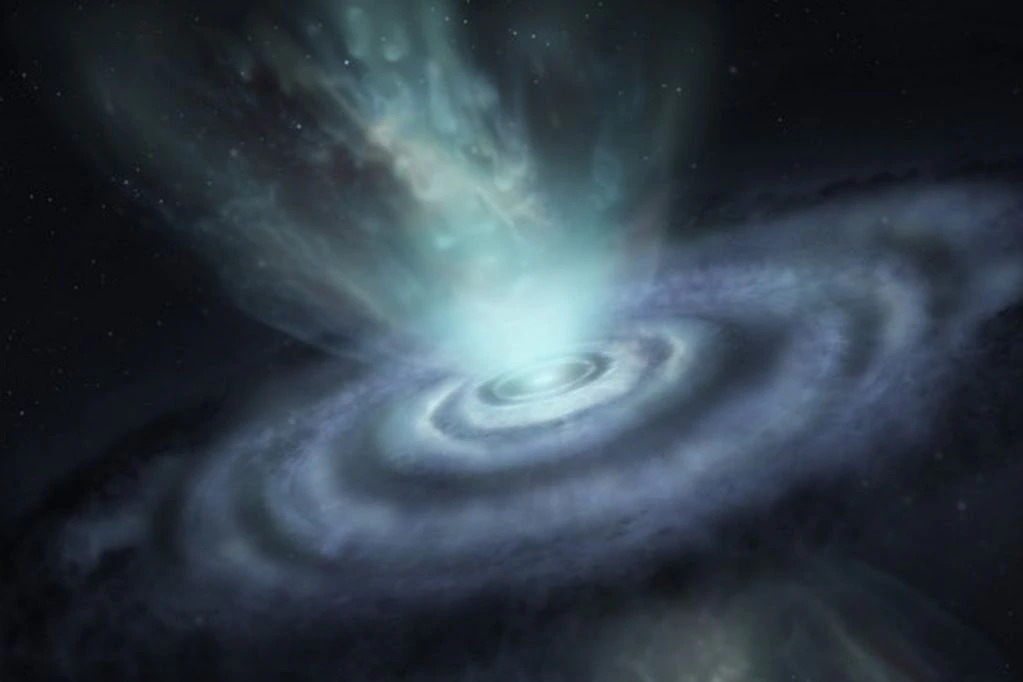The results published by The Astrophysical Journal describe the end of the life of the carbide-rich star V Hya, located about 1,300 light-years from Earth and going through an asymptotic giant branch (AGI) stage.
90% of stars with a mass similar to or greater than the Sun have a RAG phase, which occurs when the star runs out of the fuel needed to power its nuclear processes.
V Hya attracted the interest of scientists because of its hitherto peculiar behavior and characteristics, such as large plasma eruptions that occur every 8.5 years and the presence of a nearly invisible neighboring star that contributes to its explosive behavior.
The team used the Alma telescope (Chile) and data from the Hubble space observatory for their study and confirmed “clearly that the traditional model in which RAG stars go extinct is, at best, incomplete and, at worst, wrong,” said lead author Raghvendra Shai of NASA’s Propulsion Laboratory.
Experts do not rule out that the presence of a nearby star influences the way V Hya fades, so understanding these interactions is “of utmost importance” for astrophysics, in addition to being one of its main challenges.
That combination of two stars would be responsible, “at least to some extent”, for the presence of the six rings and the fast jets that are causing the unusual extinction of the star.
Shedding its atmosphere, and ultimately its mass, is something most red giant stars do, but to the team’s “surprise,” in this case, matter is ejected in a series of rings, another of the researchers noted. signatories Mark Morris of the University of California (USA).
The six rings have been moving away from V Hya for about 2,100 years and expanding, adding mass and fueling the growth of a high-density, twisted, stretched-disk-like structure that surrounds the star.
The final stage of stellar evolution, when the transition from red giant to white dwarf stellar remnant occurs, is “a complex process that we do not fully understand,” added Morris, so the characteristics of V Hya represent a “new” aspect. and fascinating” of the investigation.
In addition to rings and a stretched-out disk, V Hya has two hourglass-shaped structures—along with another jet-shaped structure—that expand at about 150 miles per second.
The entrance The mysterious death of a star produces a show of six rings was first published in diary TODAY.


















